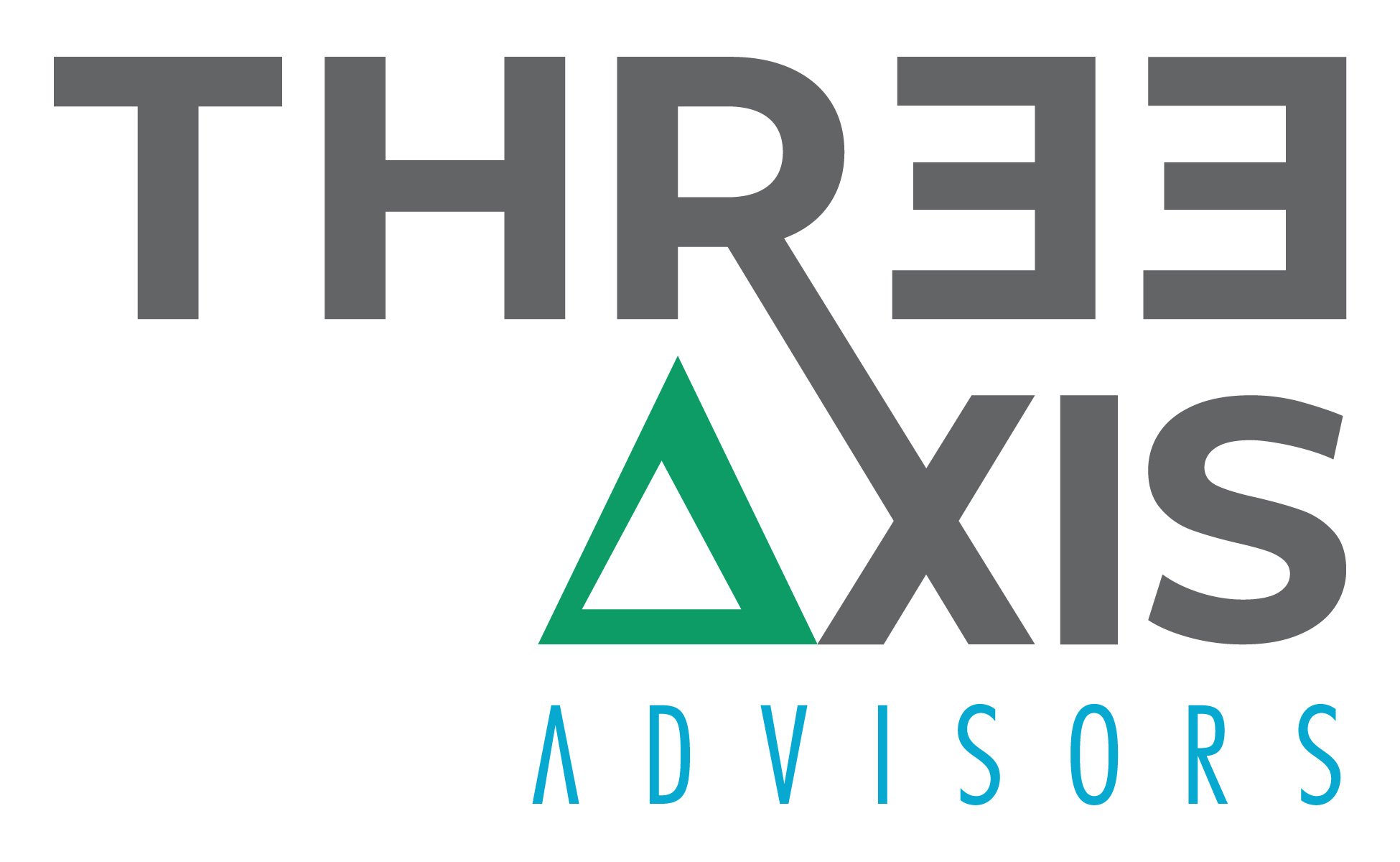Evaluation of Federal Drug Pricing Proposals: A Series of Short Essays
Background on Series
In 2021, gross prescription drug spending in the U.S. totaled $577 billion, with significant drug costs incurred under the federal programs of Medicare, Medicaid, the Children’s Health Insurance Program (CHIP), and the individual marketplace of the Affordable Care Act. At the same time, federal projections for retail prescription drug spending estimate that spending will increase at a rate of 5% from 2021 to 2030. As such, developing thoughtful approaches for managing drug costs will be critical to the long-term viability of these federal programs.
Numerous legislative inquiries and federal investigations have been undertaken to analyze U.S. drug pricing over the last decade. The federal government is a major purchaser of prescription medications, incurring over $295 billion on gross prescription drug expenditures (estimated $134 billion net) in the Medicare and Medicaid programs in 2021 alone. This is more than half of all gross drug spending during that year (see above).
Recent legislative investigations have identified the following four key challenges facing federal policy makers related to prescription drug prices:
Misaligned incentives that drive up prices and costs
Insufficient transparency that distorts the market
Hurdles to pharmacy access
Behind-the-scenes practices that impede competition and increase costs
Policy proposals to address these challenges have begun to take shape in both the U.S. Senate and the U.S. House of Representatives. Common themes being explored in policy appear to focus on the role of prescription drug intermediaries known as pharmacy benefit managers (PBMs) and their impact on market access and drug prices. More specifically, the focus appears on targeting the following areas of PBM-related activities:
Delinking PBM compensation from drug list prices
Addressing patient steering to PBM affiliated pharmacies
Increasing transparency around PBM compensation
The PBM Accountability Project hired 3 Axis Advisors, LLC, to provide an overview of our opinions on these proposals based on our understanding of the U.S. drug supply chain. They also requested we attempt to quantify the potential financial impact of the proposals. As a result of our engagement, we elected to address these proposals through a series of short essays with each addressing one of the policy targets.
The first essay examines the potential financial impact of delinking PBM compensation from the list prices of prescription drugs. A summary can be found below, but if you want to jump to the complete analysis, click here.
Part 1: Delinking PBM compensation from prescription drug list prices
Positioned between plan sponsors and patients, pharmacy benefit managers (PBMs) receive compensation from multiple drug supply chain stakeholders, including pharmaceutical manufacturers, pharmacy providers, health insurers, and employers. In negotiating with drug manufacturers, PBMs charge administrative fees for services such as administering, collecting, invoicing, and allocating rebates. These fees, which have grown significantly in recent years, are typically calculated as a percentage of a medicine’s list price, estimated at between 3.5% to 5%. Administrative fees are far from the only way that current PBM compensation is linked to drug prices as PBMs can also generate pricing differentials (i.e., spread pricing) as a percentage of drug list prices based upon the differences in their contracted rate guarantees with plan sponsors and pharmacy providers.
This relationship between PBM compensation and the list price of a medicine creates an incentive for PBMs to prefer higher list prices. Therefore, it stands to reason that PBMs may oppose activities that would lower the list prices of medicines because of the financial incentives being derived from those list prices. If PBMs are instead compensated based on fixed fees (even if such fixed fees were to produce the same revenues for PBMs as the current model achieves), PBMs may have more motivation to secure lower drug prices, resulting in reduced drug costs.
Federal policies that broadly and effectively prohibit PBMs from profiting from manufacturer list prices are expected to lower drug spending and generate savings for plan sponsors and patients. This policy change would alter PBM incentives. Instead of attempting to maximize their compensation by focusing on higher list prices with retrospective price concessions, PBMs would be best served to prioritize negotiating lower up-front costs and designing formularies that consistently favor the lowest cost medicines, including generics and biosimilars.
Changing PBM incentives to prioritize the most cost-effective treatments is expected to generate savings for employers and Medicare Part D plan sponsors. Patients would also directly benefit from expanded coverage of medicines with lower list prices in the form of lower out-of-pocket costs. Because patient out-of-pocket spending is strongly associated with better adherence to medicines, reductions in the use of costly hospital and emergency care could generate additional downstream savings for plan sponsors and the health care system.
Delinking PBM compensation from the list prices of prescription drugs could have substantial impacts on U.S. prescription drug spending. Although various factors – including market dynamics, policy changes, and the behavior of different stakeholders – will ultimately shape the actual outcomes, we estimate total savings could range from $39.9 billion to $273.6 billion over 10 years [see report Methods]. Netting out anticipated savings resulting from the Inflation Reduction Act could reduce our estimates by up to 42%.
For a detailed analysis on our projections on the potential impact of policies that can successfully delink PBM compensation from the list prices of medicines, click here.
